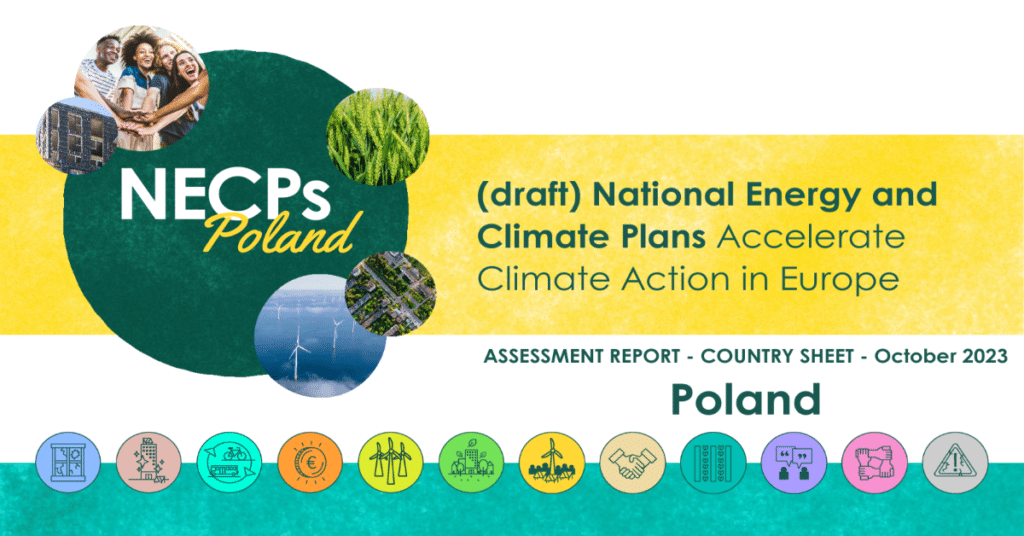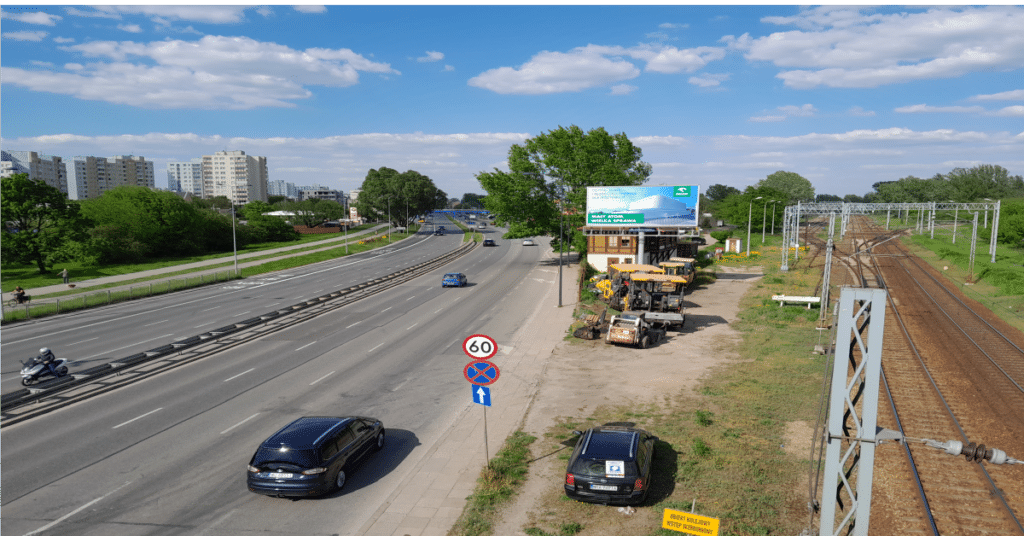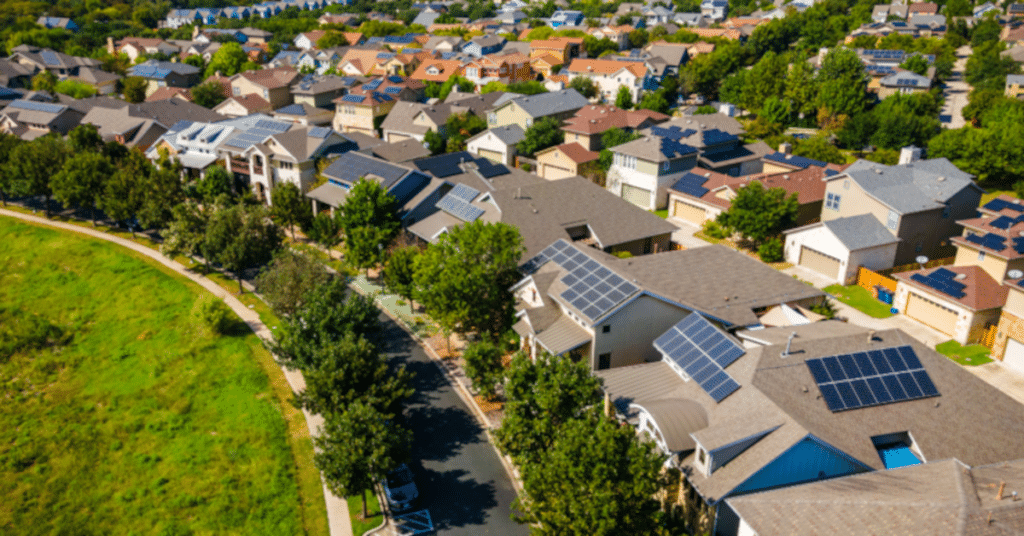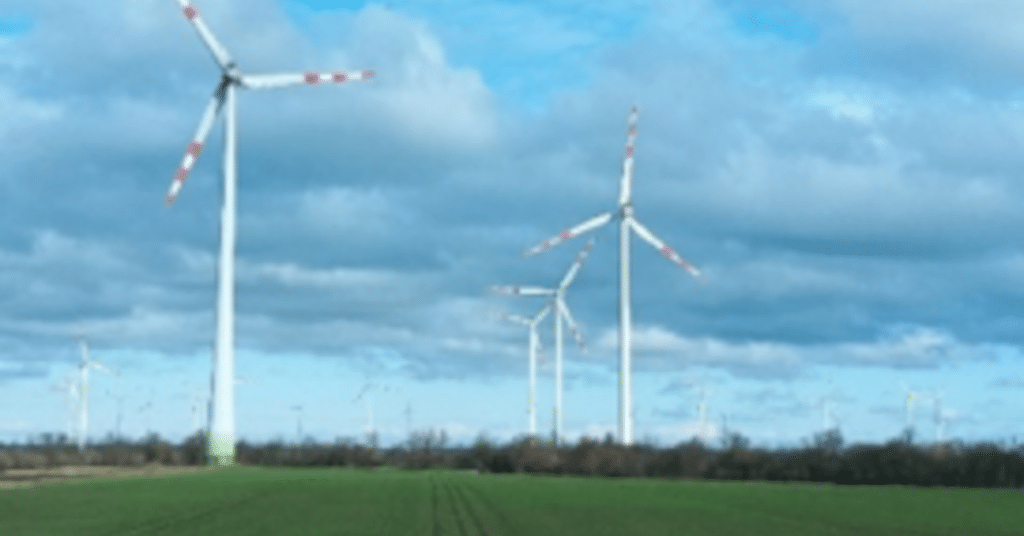Polish NECP
The lack of a 2050 perspective for climate and energy remains a fundamental problem also for the development of the future NECP. Poland does not have a climate law, and has yet to adopt its national Long Term Strategy (nLTS). Although the government has taken some isolated actions – which are partially beneficial – they do not have a strategic point of reference. For a successful revision of its NECP, the nLTS should be prepared as quickly as possible.
Click HERE to download the Polish draft NECP country assessment
Poland – climate action progress in figures
Check Poland’s implementation of its National Energy and Climate Plan
As of 2022, Poland was roughly on track to implement the decarbonisation trajectories projected in its old 2019 NECP, mostly thanks to a sharp decline in emissions from ETS sectors between 2020 and 2022. On the other hand, the NECP tracker shows that implementation is lagging behind in all non-ETS sectors where 2019 NECP trajectories could be retrieved, such as agriculture and transport. The trend in the transport sector is particularly worrisome: after the pandemic year (2020), emissions have risen sharply and well above pre-pandemic levels (69.3 MtCP2-eq in 2022 compared to 66 in 2019), putting Poland off track compared to its 2019 NECP objectives and confirming an upward trend that continues steadily since 2013.
Poland was lagging behind also in the implementation of its energy transition scenarios. Both final and primary energy consumption levels have been above the 2019 NECP trajectory for all the years where the comparison was possible (from 2020 onwards). Renewables deployment shows a more encouraging trend, with renewables taking up in the past years. Nonetheless, the share of renewables in electricity generation remains below the expectations of the 2019 NECP.
Verifique aqui o nosso último briefing de outubro de 2024 “Mente a lacuna NECP”
NECP polonês
O governo polonês perdeu a chance de enviar seu projeto de plano nacional de clima e energia nacional no prazo, no entanto, tem a chance de acertar as coisas. O plano atualizado precisa aumentar a captação de renováveis, incorporar a contribuição da sociedade civil e fornecer um plano para encerrar a era dos combustíveis fósseis.





